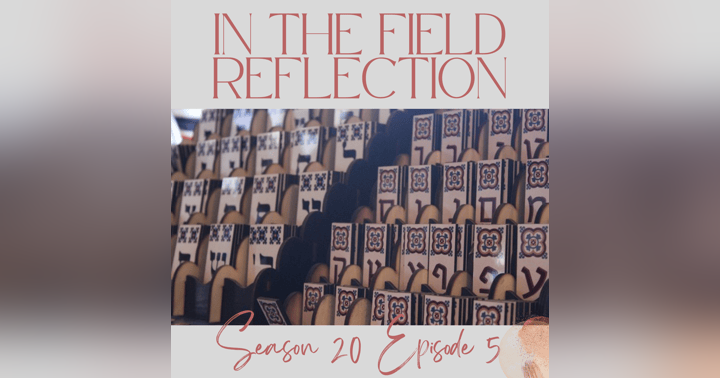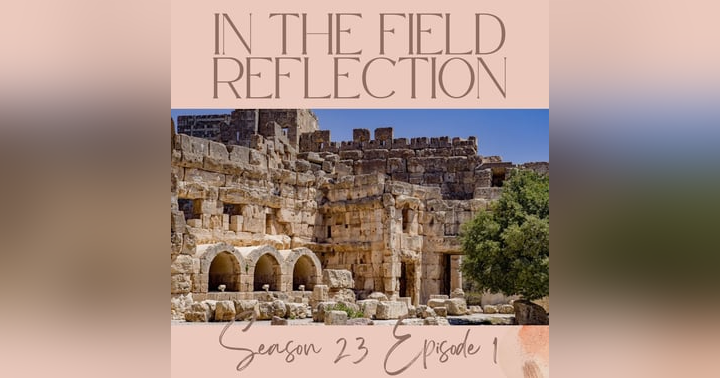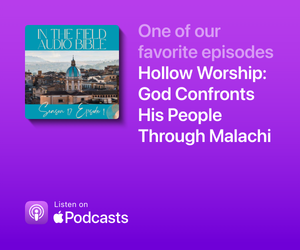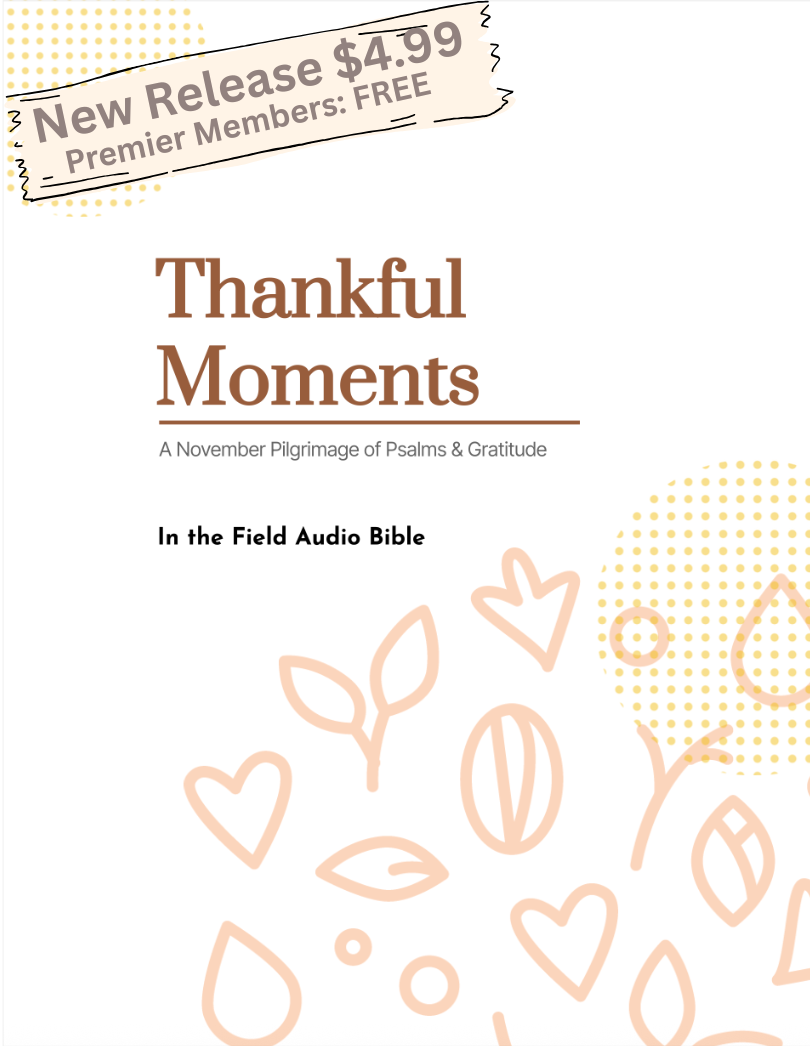Holy Grounds: Where Justice Meets Mercy

The Book of Joel reaches its powerful conclusion in Chapter 3, painting a vivid picture of divine judgment and ultimate restoration. This final chapter brings together threads of warning and hope woven throughout Joel's prophecy, creating a tapestry that speaks as powerfully to our modern hearts as it did to ancient Israel. It is in this chapter where justice meets mercy—a profound moment where God’s righteous judgment coexists with His promise of refuge and restoration, offering hope even amid reckoning and reminding us that mercy remains at the heart of divine justice.
Joel 3 opens with God's declaration of a coming time when He will "restore the fortunes of Judah and Jerusalem." This restoration comes alongside judgment, as God gathers all nations to the Valley of Jehoshaphat—a name meaning "Yahweh judges." Here, we witness the Lord's passionate defense of His people as He holds accountable those nations that scattered Israel, divided their land, and treated them as mere commodities to be traded. The imagery is stark and unflinching: "They cast lots for my people and traded boys for prostitutes; they sold girls for wine to drink."
This chapter introduces us to the concept of the "valley of decision," a place where multitudes gather as the day of the Lord approaches. This is not merely a geographical location but a spiritual battlefield where divine justice confronts human rebellion. The imagery shifts from a courtroom to a harvest field, where God commands: "Swing the sickle, for the harvest is ripe. Come, trample the grapes, for the winepress is full and the vats overflow, so great is their wickedness." These agricultural metaphors carry tremendous weight, showing that judgment, like harvest, comes at the appointed time—neither rushed nor delayed.
Yet even amid these scenes of reckoning, hope breaks through like sunrise after a storm. Joel assures us that "the Lord will be a refuge for his people, a stronghold for the people of Israel." The same God who brings judgment also offers shelter. The chapter concludes with powerful images of restoration: mountains dripping with new wine, hills flowing with milk, and ravines running with water. Most significantly, "a fountain will flow out of the Lord's house," suggesting that healing and renewal originate from God's very presence.
What makes Joel's prophecy timeless is its relevance to our personal spiritual journeys. Just as Israel faced the devastation of locusts and the promise of restoration, we too experience seasons of loss, brokenness, and renewal. The "locusts" in our lives—whether they represent lost opportunities, broken relationships, health challenges, or spiritual dryness—may have consumed much, but they are not the final word. God's promise to "restore the years that the locusts have eaten" (from Joel 2:25) extends to us today.
The valley of decision described in Joel 3 invites us to examine where we stand with God. Are we among those who have forgotten His name, or are we sheltered in His refuge? This valley is not just an ancient prophetic image but a present reality where each person must choose their response to God's offer of mercy and judgment. As the reflection in our podcast suggests, this valley represents "not just a place of consequence, but a place of possibility."



















